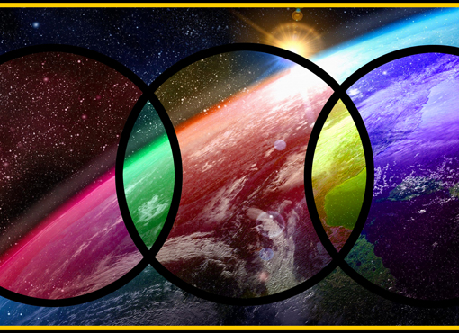Firearms
Introduction
Conventional handheld guns are nearly useless against a Vulkaz-wrami’s diatom-reinforced skin and tissue. Lucky shots to the face can destroy the eyeballs or enter through the open mouth to concuss or pierce the brain. The modern Vulkaz-wrami skull has been enhanced against suicide as much as combat, a legacy of Catol-wrami teachings which forbid suicide; the blood vessels at the wrists have been reorganized to counter exsanguination, and Vulkaz-wrami are similarly resistant to electrocution. (Carbon monoxide poisoning was not guarded against due to these genetic modifications being introduced long after the Austral Scape had developed beyond the primitive combustion engine and fossil fuels, later allowing the Noir guerillas to assassinate occupiers with their cars).
To arm a Noir operative with a handheld device that is lethal to Vulkaz-wrami was originally challenging without the clandestine assistance of refugee familiars fleeing the Unity, who distributed some laser and plasma weaponry. These tools could be used in the short term but were unworkable for long-term resistance for multiple reasons. Their mass-production and maintenance was beyond the capacity of the Noir Scape, which had been pre-laser and pre-nuclear at the time of the occupation. Assembly of these weapons was so complicated that it would have demanded centralization of the few specialists and expensive equipment who could manage the task, an unacceptable risk. It was eventually confirmed that the electronic equipment from the Austral Scape could also be remotely monitored and even deactivated.
Dependency on these tools was then seen as an extreme security risk, prompting a new kind of ‘innovation’. Unsurprisingly, many Austral POWs were lethally experimented upon to develop ways around the formidable combination of genetic enhancement and advanced technology.
Dead-blow bullets
Operating on the same principle as the dead-blow hammer, the dead-blow bullet design minimizes rebound with a hollow bullet body filled with loose material. The energy of the impact is spread out over a longer period of time by the filler material’s inertia, reducing peak force and suppressing bounce. The finding that a shove is more damaging than a strike at ballistic speeds may seem counterintuitive, but is ultimately explained by the Vulkaz-wrami engineering themselves and their armor against the more commonplace impacts of combat and accidents. It can be intuitively understood that a bullet that stops at its target, rather than bouncing away travelling at most of its original speed, will have delivered more of its energy to the target. Sharp impacts easily rebound off Vulkaz-wrami bones due to their rigidity but ‘deader’ impacts of equivalent momentum will be more damaging.
Amorphous metal
A popular choice of filler material is amorphous metal ball bearings, which deaden an impact over a significantly longer time as these bearings bounce rapidly. Amorphous metal is usually incorporated in the modern Noir gun as well as the bullets. The higher strength against conventional alloys and capacity to sustain larger reversible deformations allow for more powerful propellant recipes which would tear apart ordinary weapons or make them too powerful to hold and aim in a prolonged fight. In general, Noir and the Unity refugees eventually established secondary and simpler technologies that could be decentralized easily to facilitate guerilla resistance, including advanced refrigeration tech allowing for the sudden mass production of this amorphous metal.
Advanced propellants
In addition to new refrigeration technology to boost metallurgy, the ability to quickly grow large numbers of crude, rough diamonds from GMO diatomic slurries was brought to the Noir by the Unity refugees. Such cheap jewels – brewed in bathtubs, toilet tanks or any concealable area – were useless for electronic/photonic applications but could be put to many simpler uses by enterprising individuals. As shrapnel diamonds can enhance conventional bombs; with consistencies ranging from sand to pebbles they can be embedded in tar or asphalt or glue or molten metal to make roads or walls or vehicles that look normal but resist demolition, even allowing clothes to have crude laser resistance; more effective blades can also be realized.
Eventually, a more advanced niche was found in the diamond mill, able to grind practically any other material to a fine grain size that approached the nanoscale, now in industrial quantities and in the basement of practically every Noir resistance cell. Experimentation (and disaster) quickly established the enhanced reactivity of ordinary substances ground to have such high surface areas, analogous to the explosive potential of sawdust versus inert wood. Airborne common flour is already flammable, and super-fine grains of flour and other ubiquitous ingredients can be easily adapted into weapons and traps. In time gunpowder and other explosive recipes were enriched with diamond-milled ingredients to achieve more powerful and rapid detonations. Fuels could also be improved by the milling technology to minimize unreacted material, boosting efficiency as well as speed.
